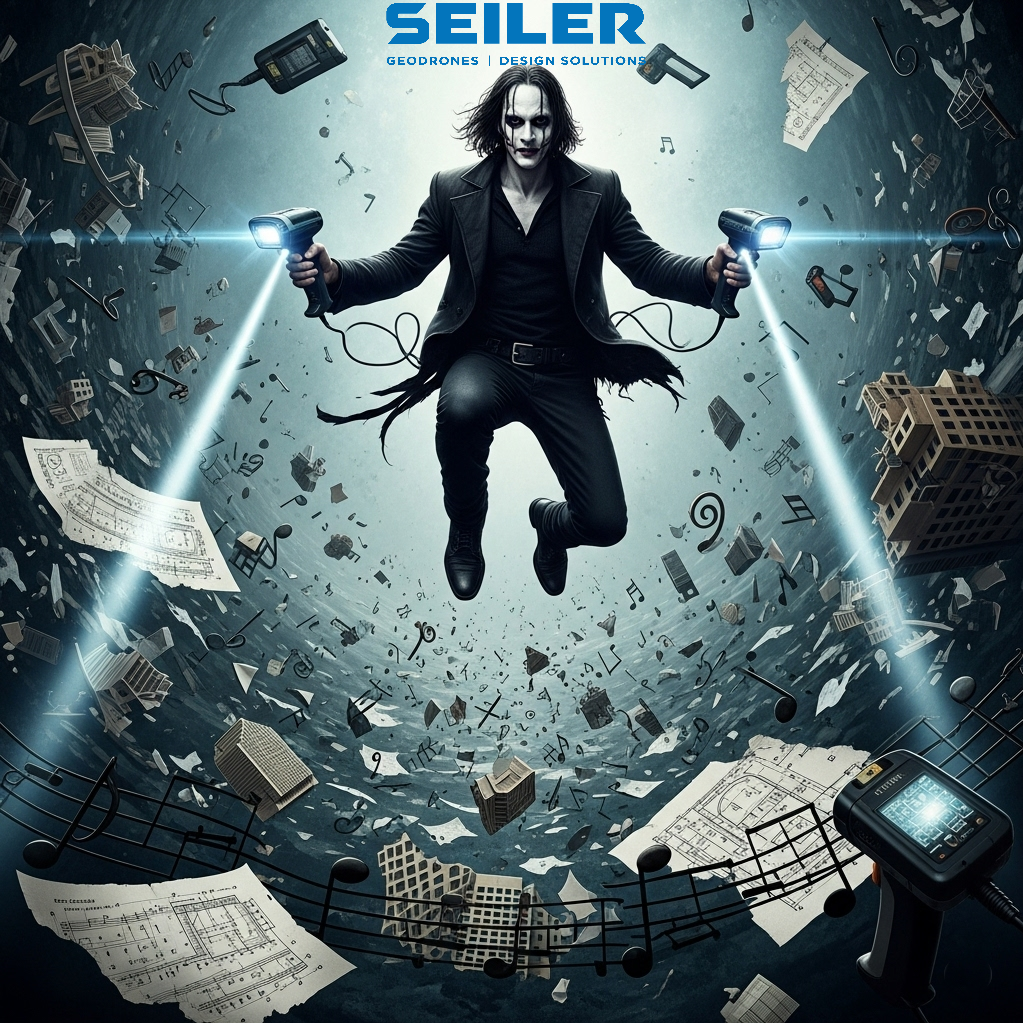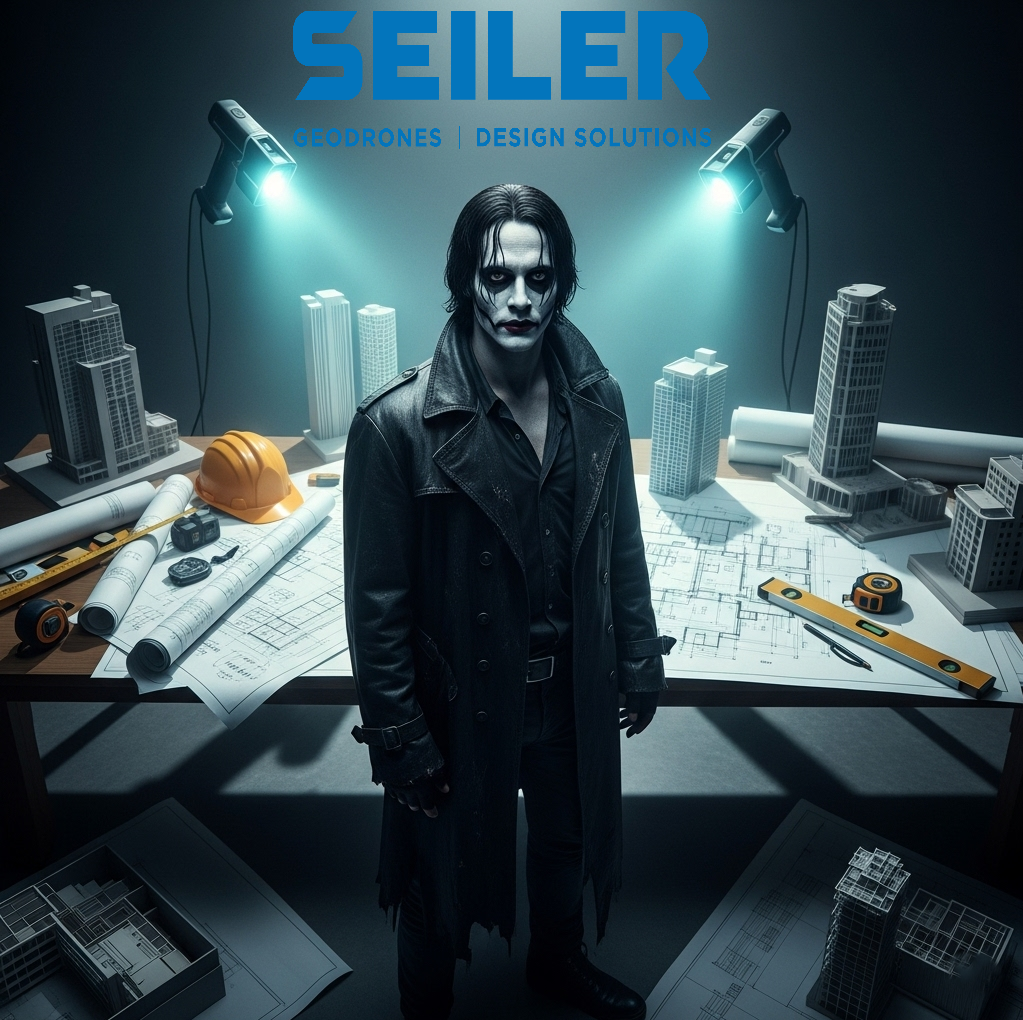The soundtrack to The Crow is legendary not just for its brooding, gothic atmosphere, but for the story behind it. The original lineup, the perfect plan, was shattered by the tragic on-set death of its star, Brandon Lee. The album, like the film itself, had to be rebuilt from the ground up, with a raw, visceral sound that came to define an era. It was a testament to turning tragedy into a work of raw, defiant art.
J ust as the movie’s soundtrack was forever altered by a real-world tragedy, the song “Big Empty” by Stone Temple Pilots took on a deeper, more somber meaning when it was included on the album. The band’s contribution, originally just a track, became a powerful anthem of loss and defiance, a reflection of the film’s gritty reality. Similarly, in the world of design and construction, the transition from a pristine blueprint to a messy, complicated reality is our daily tragedy. We start with a perfect plan, but the moment we step on site, we’re faced with the grim, gritty truth. This is why we need to choose our weapons wisely. The choice between the XGRIDS Lixel K1 and Lixel L2 for a building scan isn’t just about specs; it’s about choosing the right instrument to capture a world that is fundamentally broken and then using the Autodesk ecosystem to forge a new reality from the shards.
ust as the movie’s soundtrack was forever altered by a real-world tragedy, the song “Big Empty” by Stone Temple Pilots took on a deeper, more somber meaning when it was included on the album. The band’s contribution, originally just a track, became a powerful anthem of loss and defiance, a reflection of the film’s gritty reality. Similarly, in the world of design and construction, the transition from a pristine blueprint to a messy, complicated reality is our daily tragedy. We start with a perfect plan, but the moment we step on site, we’re faced with the grim, gritty truth. This is why we need to choose our weapons wisely. The choice between the XGRIDS Lixel K1 and Lixel L2 for a building scan isn’t just about specs; it’s about choosing the right instrument to capture a world that is fundamentally broken and then using the Autodesk ecosystem to forge a new reality from the shards.
The Original Tracks: Choosing Your Lixel
Your initial plan is like the first song on the album—the one that sets the tone. Do you go with a meticulously produced, clean track, or a raw, chaotic one?
- The Lixel L2: The Industrial Power Ballad. The L2 is for the grand, sweeping statement. It’s the Nine Inch Nails track, “Dead Souls,” – precise, powerful, and built for a specific, impactful purpose. It’s perfect for the vast, open spaces of a warehouse or the clean lines of a new office building, where you need a high-density, high-accuracy capture to build the clean, detailed chorus of your model.
- The Lixel K1: The Raw, Spontaneous Screaming. The K1 is the chaotic, energetic blast of a live performance. It’s the spontaneous guitar solo from The Cure’s “Burn.” This scanner is for the gritty, confined spaces of an old MEP room, where your data capture needs to navigate around existing ducts, pipes, and beams. The L2 might get bogged down here, but the K1 thrives in the chaos, capturing the raw, messy energy of the space.
The Tragedy: When the Data Isn’t a Perfect Song
Regardless of the scanner you choose, the raw point cloud data is never perfect. It’s the painful, incomplete footage left behind after the tragedy. It’s full of noise, gaps, and unnecessary takes.
This is where Autodesk ReCap enters as your grim producer. ReCap is the tool that takes the raw, painful recording and starts to assemble it. It registers the scattered scans, aligns them, and filters out the noise. It’s the process of making sense of the chaos—the emotional work of sifting through the footage to find the raw beauty and power within the imperfection. You’re not just cleaning up the data; you’re honoring the struggle, ensuring every captured detail, no matter how small, has a place in the final composition.
The Resurrection: Bringing the Song to Life in Revit and ACC

Once ReCap has cleaned and prepared your point cloud, you can bring it into Autodesk Revit. This is the resurrection. Just as Eric Draven rises from the grave to avenge his death, your design model rises from the raw, gritty point cloud. The point cloud is the ghost—the true, sad, beautiful reality of the space—that your model will now haunt. You’ll use this raw data to build a new, intelligent, and accurate Revit model, one that is truly connected to the reality of the existing conditions.
And finally, you release the album to the world. That’s Autodesk Construction Cloud (ACC). ACC is the platform that holds your entire creative work: the raw point cloud, the refined Revit model, and all the documentation. It’s where the entire team can listen to the music—coordinate, collaborate, and see the reality of the project. The final result, like The Crow‘s soundtrack, is powerful precisely because it acknowledges the dark realities of the journey. It’s a digital twin that is gritty, honest, and built to endure, a monument to a plan that was shattered but ultimately found its voice.
In the end, you don’t just create a digital model; you create a digital monument. You take the raw, painful reality of the existing building and, through the power of your tools, you create a powerful testament to survival, resilience, and art. Contact us for additional information about software and hardware workflows for your needs.


Leave A Comment